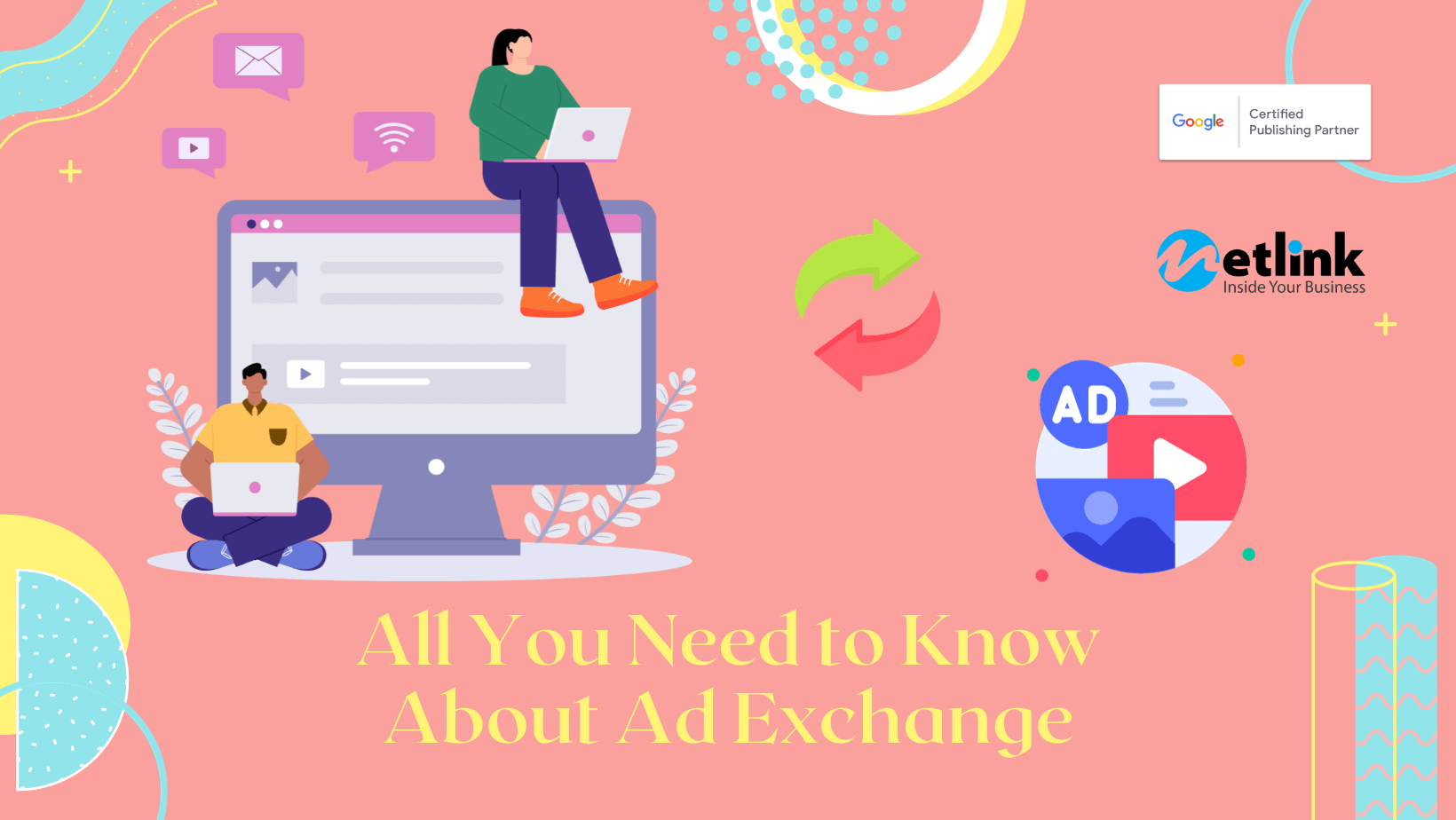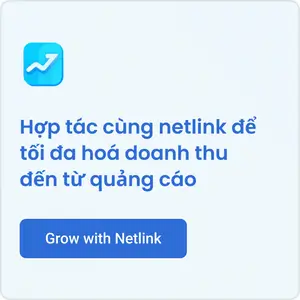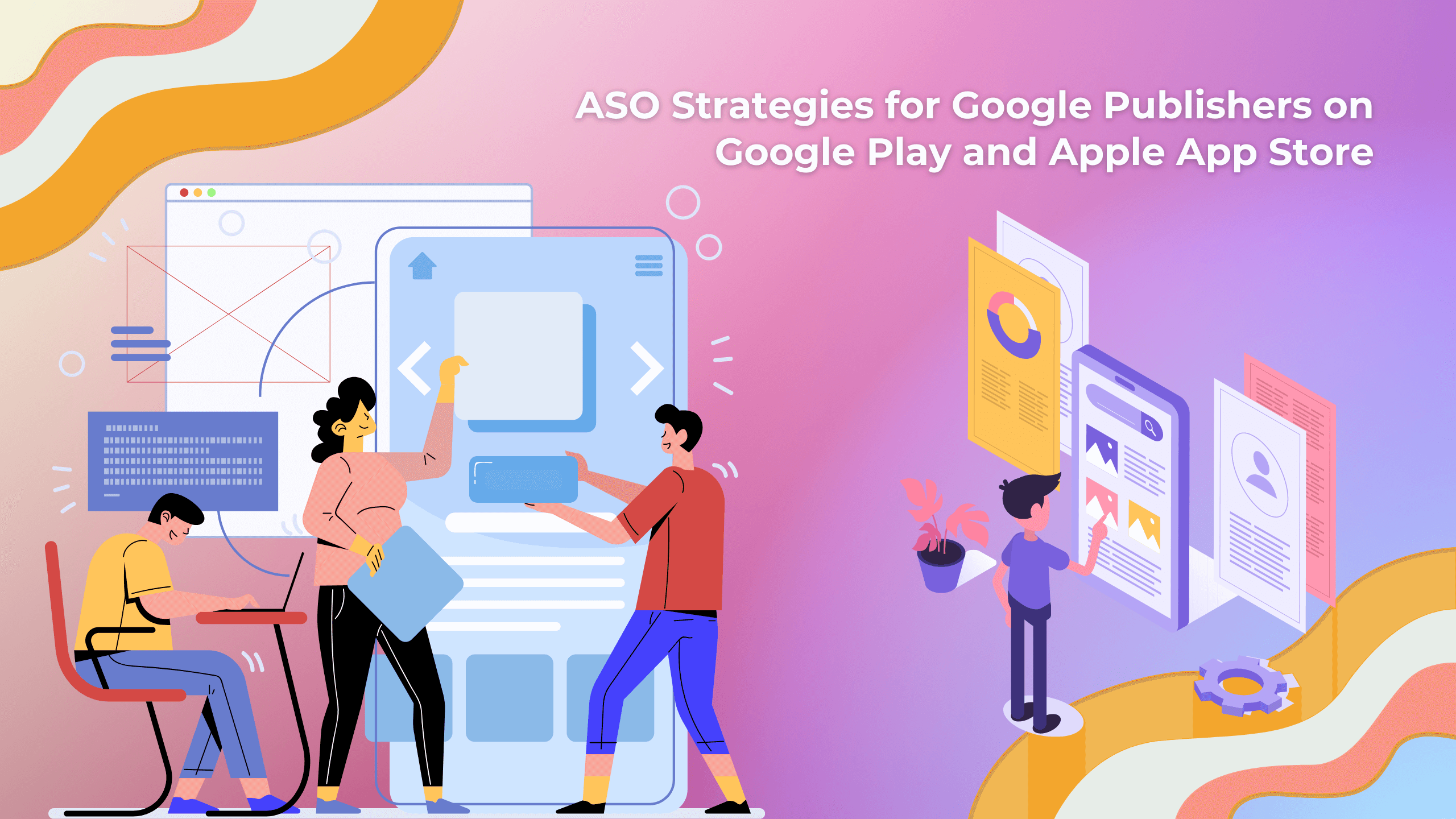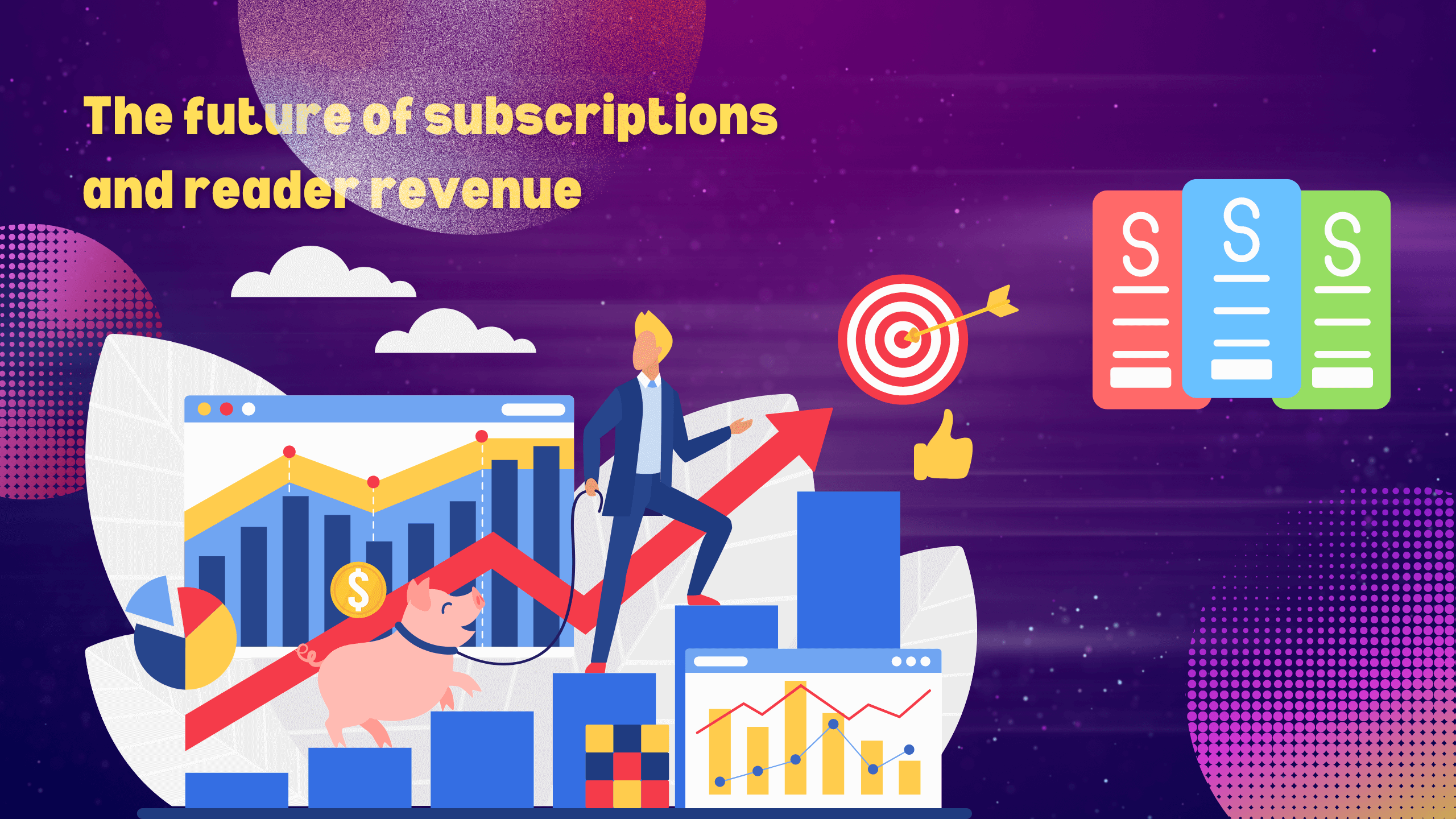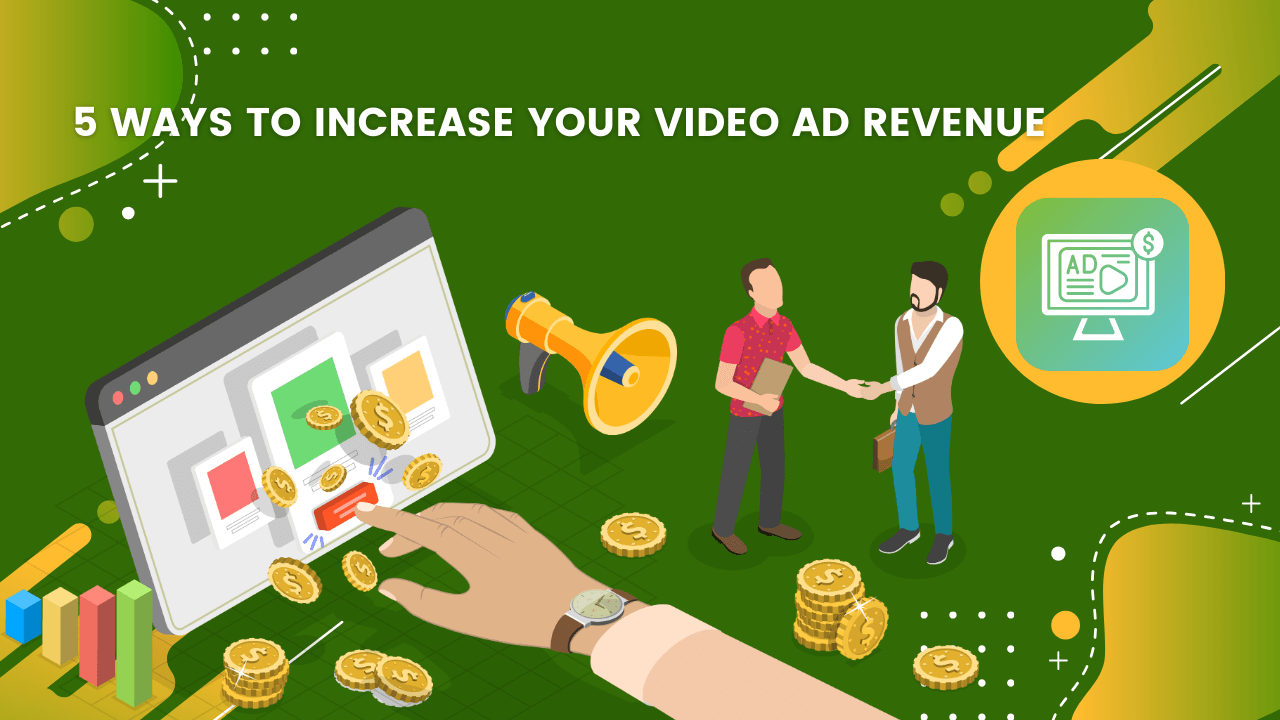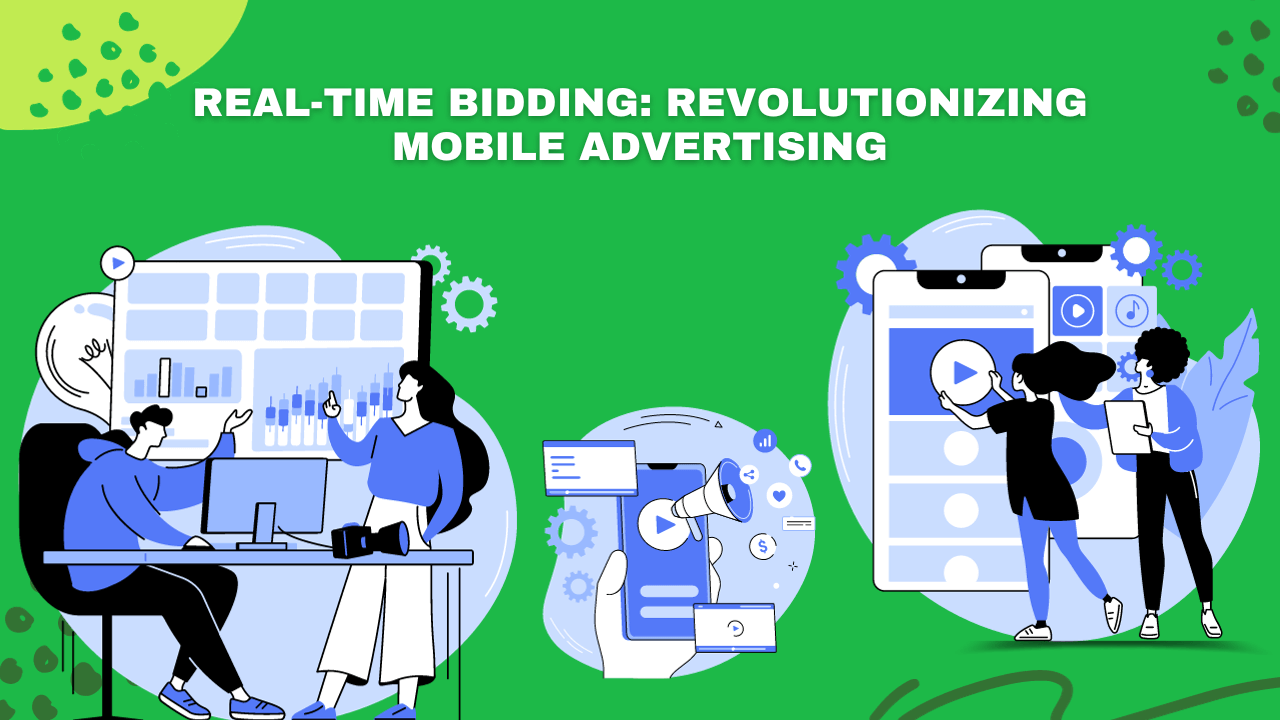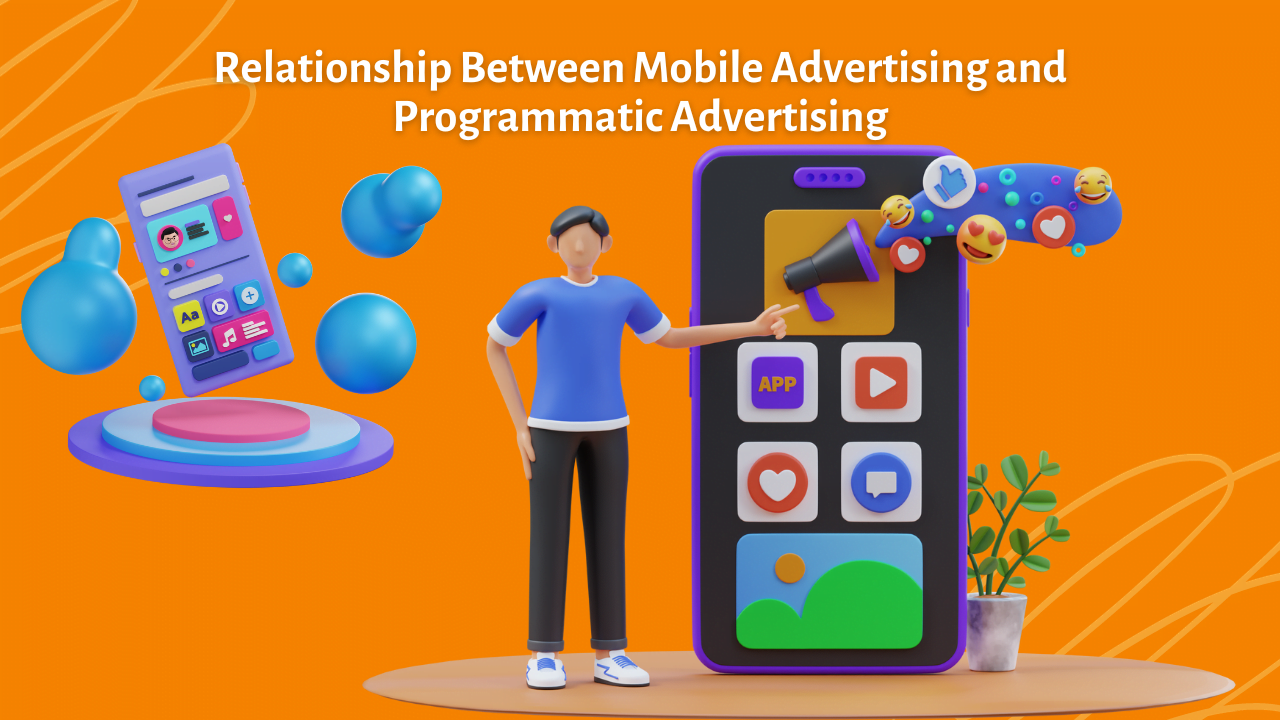In this comprehensive guide tailored specifically for Google Publishers, we will embark on a journey to unravel the intricacies of ad exchanges. From the basics of what an ad exchange is to the various types, benefits, and best practices, this guide will equip you with the knowledge needed to make informed decisions and thrive in the ever-evolving digital advertising landscape.
I. What is Ad Exchange?
At its core, an ad exchange serves as the digital marketplace where publishers and advertisers come together to facilitate the buying and selling of ad inventory. It functions as an intermediary, matching available ad space (inventory) from publishers with ad creatives and campaigns from advertisers. The ad exchange’s primary role is to ensure that every impression is maximized, meaning that each ad displayed is relevant to the user and valuable to the advertiser.
Ad exchanges operate in real-time, conducting instantaneous auctions for ad placements on publishers’ websites or applications. This process is known as real-time bidding (RTB), where advertisers bid on impressions in the milliseconds before a webpage or app loads. RTB, an essential component of ad exchanges, allows for efficient and data-driven ad transactions, ensuring that ads are targeted to the right audience with precision.
II. Types of Ad Exchanges: Public, Private, and Programmatic Direct
Ad exchanges come in various flavours, each catering to specific publisher needs and advertiser demands. Understanding the distinctions between these types is vital for publishers aiming to optimize their ad revenue and control the quality of ads displayed on their platforms. Let’s explore the three primary categories: public, private, and programmatic direct ad exchanges.
1. Public Ad Exchanges: The Open Marketplace
Public ad exchanges, also referred to as open ad exchanges, operate as the wide-open marketplace of digital advertising. They are accessible to all advertisers and publishers and provide a vast pool of ad inventory. Public exchanges prioritize real-time bidding, where ad impressions are auctioned off to the highest bidder within milliseconds.

For Google Publishers, participating in public ad exchanges can be an efficient way to maximize revenue. However, it comes with trade-offs, including reduced control over ad quality and the potential for ads that may not align with your content or brand values. Public exchanges are known for their vast scale but require diligent monitoring to ensure ad relevance and user experience.
2. Private Ad Exchanges: A Controlled Environment
Private ad exchanges, also known as invitation-only or curated exchanges, offer a more controlled and selective environment for publishers and advertisers. Participation is by invitation or through a whitelist of trusted partners. Private exchanges grant publishers greater control over the quality of ads displayed on their sites or apps.

For Google Publishers, private ad exchanges can be advantageous in terms of maintaining brand safety and ensuring that ads align with the content and audience. By curating a list of trusted advertisers, publishers can prioritize relevance, user experience, and premium pricing. Private exchanges strike a balance between scale and control, offering an efficient way to monetize ad inventory while maintaining standards.
3. Programmatic Direct: Streamlining Premium Deals
Programmatic direct, often referred to as programmatic guaranteed or programmatic premium, represents a hybrid approach that combines automation with direct sales. In this model, publishers and advertisers negotiate fixed-price deals for specific ad placements and impressions, often securing premium rates.
For Google Publishers, Programmatic Direct offers predictability and stability in terms of ad revenue. It streamlines the ad buying process, reduces negotiation time, and ensures that premium advertisers have guaranteed access to premium ad space. Programmatic Direct is ideal for publishers seeking to maximize revenue while maintaining control over pricing and ad quality.
III. The Advantages of Embracing Ad Exchanges
Embracing ad exchanges, whether public, private, or programmatic direct, offers a range of benefits that can significantly impact a publisher’s bottom line. Here are some key advantages of incorporating ad exchanges into your digital advertising strategy:
1. Revenue Optimization: Ad exchanges provide access to a vast pool of advertisers, increasing competition for your ad inventory and potentially driving up CPMs (cost per thousand impressions). This competition can lead to better revenue outcomes for Google Publishers.
2. Targeted Advertising: Ad exchanges leverage advanced targeting capabilities, allowing publishers to match ad impressions with user profiles, demographics, and behavioural data. This results in more relevant ads and improved user engagement.
3. Inventory Monetization: Publishers can efficiently monetize their ad inventory by filling remnant or unsold ad space with relevant ads from advertisers in the exchange. This minimizes wasted inventory and maximizes revenue potential.
4. Data-Driven Insights: Ad exchanges provide valuable data and insights into ad performance, user behaviour, and audience demographics. Publishers can use this information to refine their content and advertising strategies.
5. Brand Safety: Private and programmatic direct exchanges offer control over the quality of ads displayed, reducing the risk of inappropriate or irrelevant ads appearing on your platform. This enhances the user experience and protects your brand’s reputation.
6. Streamlined Operations: Ad exchanges automate many aspects of the ad buying and selling process, reducing administrative overhead and allowing publishers to focus on creating quality content.

IV. Best Practices for Maximizing the Benefits
While ad exchanges offer numerous advantages, realizing their full potential requires careful planning and implementation. Here are some best practices for Google Publishers looking to maximize the benefits of ad exchanges:
1. Diversify Your Exchange Partners: Consider working with a mix of public, private, and programmatic direct exchanges to balance revenue, control, and ad quality.
2. Implement Advanced Targeting: Leverage the targeting capabilities of ad exchanges to ensure that ads are highly relevant to your audience.
3. Monitor Ad Quality: Regularly review the ads displayed on your platform to ensure they align with your content and user experience standards.
4. Analyze Data Insights: Use data-driven insights to refine your content strategy, audience targeting, and ad placements.
5. Stay Informed: Keep up to date with industry trends and emerging technologies in ad exchanges to remain competitive in the digital advertising landscape.
V. Conclusion
Ad exchanges have become a cornerstone of digital advertising, offering publishers a dynamic and efficient way to monetize their ad inventory. Google Publishers, in particular, can harness the power of ad exchanges to optimize revenue, enhance user experiences, and maintain brand safety. By understanding the differences between public, private, and programmatic direct exchanges and implementing best practices, publishers can unlock the full potential of ad exchanges in the ever-evolving world of digital publishing. Embrace the possibilities, and let ad exchanges elevate your digital advertising strategy to new heights.

